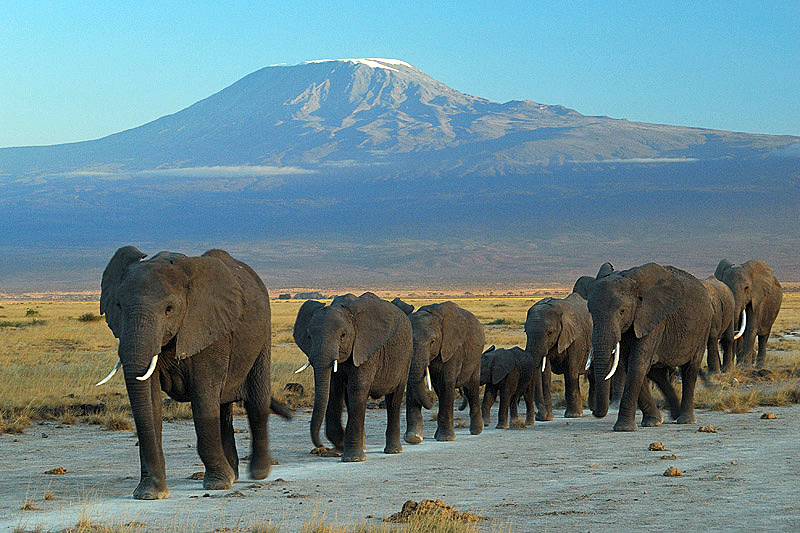
Halloween is about to usher in the holiday season of Hanukkah, St. Nicolas Day, Christmas, New Year's, and the Epiphany. This season not only presents an opportunity to celebrate with family and friends, but it also offers an opportunity to give children gifts that open their eyes to what the world has to offer.
Foil-covered milk and dark chocolate, Kosher certified, coins that children love can be ordered from SERRV (serrv.org), a nonprofit organization that makes sure gifts are made around the world by poor artisans and farmers who receive a living wage and work in safe, healthy conditions. SERRV also sells an Advent Calendar that hides a milk chocolate heart behind each day leading up to the nativity scene. For each Advent Calendar sold, a school notebook is donated to a child in the schools of Kuapa Kokoo, Ghana, where the cooperative that raises the cocoa beans for these chocolates is located.
Since museums feature exhibits from around the world, their shops are an excellent source of global gifts. In New York City, the Metropolitan Museum of Art Store (store.metmuseum.org) is known for putting together a collection of items that cater to kids. One of its most interesting offerings is a Global Glowball that entertains and educates children six months and older. There are 39 sections on the globe that each light up and play a song, such as Bollywood pop, a tango, or jazz, from the area of the world a child pushes. Youngsters can roll the globe, learn geography, and use it as a night light; the Global Glowball does it all.
Children 8 and older also can get hands-on experience writing with Egyptian hieroglyphs and making Japanese origami projects with kits and instruction books from the Metropolitan Museum. Or they can assemble a 252-piece floor map puzzle of the world from the museum.
Some gifts last all year. Just as adults might exchange magazine gift subscriptions and memberships in a fruit-of-the-month club, children aged six and up would love to receive a gift subscription that brings the prize winning collection of fascinating facts of the world in
National Geographic Kids (kids.nationalgeographic.com) to them ten times a year. For kids aged 3 to 6,
National Geographic Little Kids comes out six time a year. Preschoolers enjoy its read-aloud stories and colorful animal photos, games, puzzles, and other activities
To introduce its program that sends 5 to 10 year olds a monthly package of items related to a particular country, for a small fee, Little Passports (littlepassports.com) sends a child a travel suitcase with a world map, stickers, an activity sheet, and access to online games and activities.
Nothing is more welcome after all the gifts are unwrapped than seeing a child settle down to relax and enjoy one of his or her presents. Like any child in the world might do, my granddaughter would start to work out some of the logic or number puzzles in a Perplexor workbook from Mindware
(mindware.com).
My daughter used to start to read one of her new books. This year, children might like to read:
The Last King of Angkor Wat by Graeme Base. He tells 6 to 8 year olds the history of Cambodia's
famous temple by using detailed illustrations of the tiger, elephant, monkey, water buffalo and gecko that reveal their strengths and weaknesses as they compete to be king.
Animals also are the focus of two non-fiction books for 6 to 8 year olds:
National Geographic Kids Animal Heartwarming True Tales from the Animal Kingdom by Jane Yolen and Heidi and Adam Stemple, which tells about the geese that saved the Roman Empire and much more. And
Born in the Wild: Baby Mammals and Their Parents by Lita Judge, a book that uses illustrations and text to show and tell how little animals all over the world live and grow.
The Copernicus Legacy by Tony Abbott uses puzzles, intrigue, and adventure to take readers 9 to 12 around the world on a hunt for pieces of the past.
Winners of a South Asia book award also involve young readers in what's happening in the world.
Jennifer Bradbury's
A Moment Comes follows the struggles of three students in 1947 India, before the country was divided into Hindu India and Muslim Pakistan.
In Elizabeth Suneby's
Razia's Ray of Hope: One Girl's Dream of an Education, Razia has to convince her family that her education at Afghanistan's Zabuli Education Center for Girls just outside Kabul would benefit not only her and her family but even the whole community.
Two Muslim girls have the dual problem of practicing their religion and fitting in at school in
The Garden of My Imaan by Farhana Zia.
Really young kids might like to have someone read them a new kind of alphabet book. Oliver Jeffers, the Australian author who grew up in Northern Ireland and now lives in Brooklyn, NY, has created a122-page gift,
Once Upon an Alphabet, that goes beyond "A is for apple" to illustrate and write stories for all 26 letters of the alphabet.
Finally, there are several very unusual presents.
- Young people who receive a $25 Kiva gift card can go to the Kiva website (kiva.org) and scroll through a list to decide which of the small businesses around the world they would like to support. They could return to the site again and again for progress reports and to receive a borrower's repayment in their Kiva Credit Account.
- The World Wildlife Fund (worldwildlife.org) helps animal-loving kids make a symbolic adoption of a tiger, panda, fennec fox, African black-footed penguin, or African elephant. World Wildlife also offers a "Sniffer Dog: Labrador Retriever Adoption Kit" that comes with a plush dog, like the ones that work at airports to sniff out illegal wildlife being transported by smugglers.
- Through Heifer International (heifer.org/gift), a young person who receives an Honor Card worth $10 or more learns he or she has helped end hunger in the poorest parts of the world. Contributions go to purchase cows, goats, sheep, water buffalo, pigs, donkeys, llamas, rabbits, honeybees, chicks, ducks, trees, water pumps for irrigation, and biogas stoves. Since families who receive animals give one or more of their animal offspring to other needy families, one contribution has a multiplying effect throughout a community.
Wishing the whole world peace and happiness this holiday season!
(Find ideas for making holiday cards and gift wrap at the earlier blog post, "Arts and Crafts for Christmas in July.")











